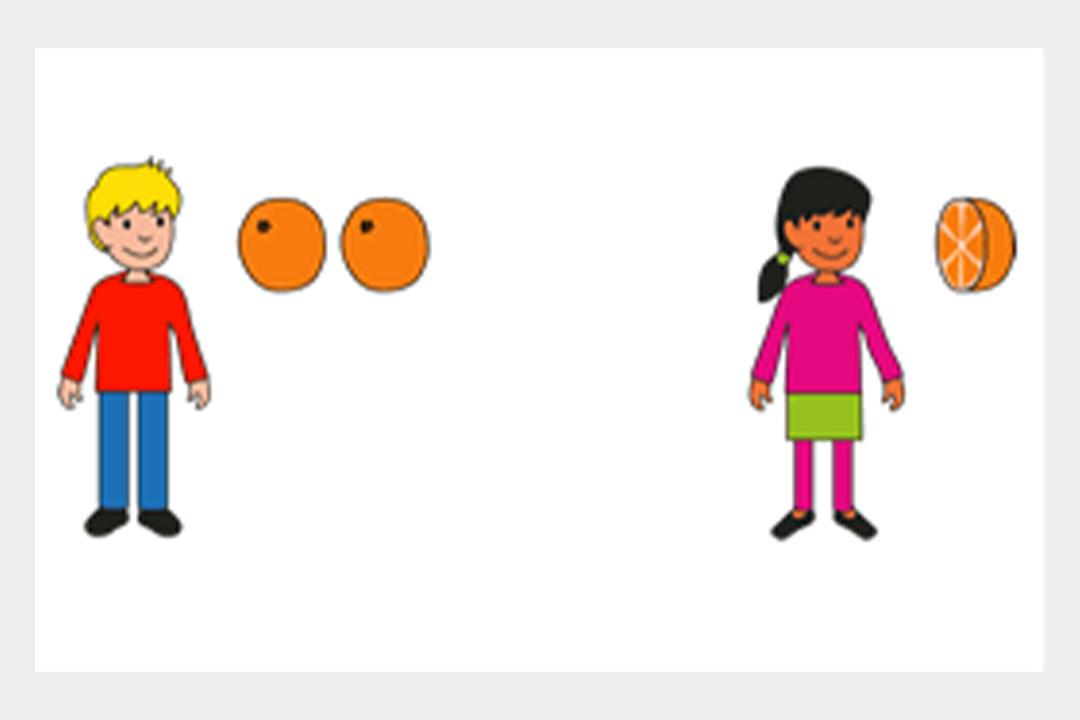Six images to help plan primary maths lessons
Six images that might prompt deeper thought when designing maths lessons from Year 1 to Year 6
07/02/2020

A picture can paint a thousand words. If it’s carefully constructed, it can also be a building block of mathematical understanding. Simple representations of real-life situations can expose fundamental parts of mathematical structure.
We hope all the images below pass that test. They are among hundreds of others in our Primary Mastery Professional Development Materials. We’ve shared them individually via social media, partly to draw attention to the materials, but also to prompt thought about one tiny corner of early mathematical understanding.
Here we bring them together in one place, together with some prompts, in the hope that you might use the materials in planning or conversations with colleagues, or both.
1.

How might this picture help children add three single digit numbers? Could your pupils tell a story of what is happening in the four pictures by using the words above the buses? Look at the start of Year 2 in the materials for more images and explanation to support the teaching of addition and subtraction.
2.
'How many wheels are there? Count in groups of four.'

How many wheels are there on five racing cars? Would your pupils count the cars first, or the individual wheels? Could they explain the link between the pictures of the cars, the counters and the number line? You could dig deeper into how to teach the four times table in the Mastery Professional Development Materials here.
3.
'How many oranges do Jonny and Ellen have altogether?'

This picture might help you introduce mixed numbers in Key Stage 2 by showing wholes and parts of something familiar to your pupils. Later you’ll want to support the pupils in moving from saying ‘two wholes and one half’ to ‘two and a half.’ It’s covered in the first teaching point in the teacher guide linked from this page in the materials.
4.

What fraction of the whole does the blue square represent? And the orange one? And when did you–or your pupils–twig that the number 16 can be very useful in your reasoning? This image is actually in a section of the materials that links common denominators to fractions. Read more, on page 5 of this teacher guide.
5.
'What is the mean age of the people in this picture?'

Is it always helpful to know the mean age of a group of people? What would the mean age is this group tell us? How might you discuss this with Year 6 or 7? The image is on page 21 of this teacher guide.
6.

Here’s another image that can lead to children thinking about the concept of a mean, after asking them to rearrange the coloured counters so that each child has the same amount. This comes from a section of our materials that connect the concepts of equal distribution, partitive division and mean. It’s aimed at Year 6 teaching and also has a teacher guide.
Most Maths Hubs have, during 2019/20, taken part in a project focused in detail on using these materials for lesson design (the project code is NCP19-12). If you are interested in getting in touch with any schools who have been part of that project, contact your local Maths Hub.